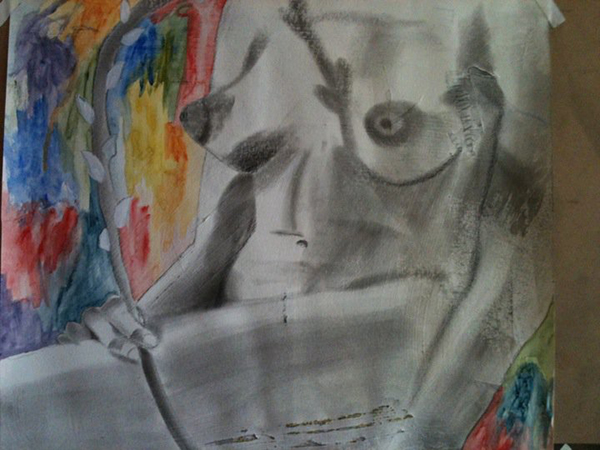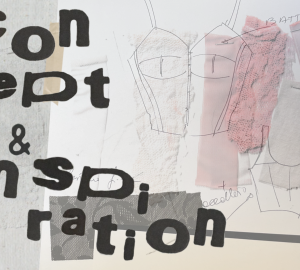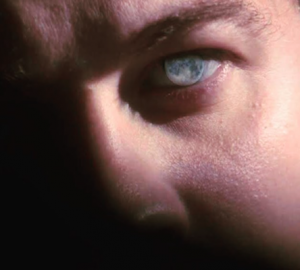
Every artist knows what it feels like to be completely devoid of inspiration. Hours of sitting idly wishing for an idea, feeling or color to come to the rescue and help with the creative process. Artists spend hours pumping out rough drafts that are less than spectacular, failing to get across their desired points. Some work without a point at all. As any SCAD student knows, feelings of creativity can be fleeting, and when inspiration comes it is always welcome.
Inspiration can come in multiple forms. In fact, it can come disguised as nearly anything. Some artists feel moved by other works of art and use them as a blueprint. Inspiration can be transferred from one completed work and used to assist works in-progress. Recent SCAD graduate Antonia Matlock, graphic design, cites other artistic expressions as a primary source for inspiration. “As an artist, I use the work of others to help me get ideas,” said Matlock. “I try to take old ideas from many different works and fashion them together as something new.”
This is a common practice many artists use to grasp the elusive feeling of inspiration. Students at SCAD have the luxury of being around impressive creations on a daily basis. Hallways in the 1600 Peachtree building are decorated with the work of students and faculty, and the it’s always being updated. Matthew Smith, third-year television production student, finds that his collegiate surroundings support his creativity. “I draw inspiration wherever I can,” said Smith. “Going to a school where I’m surrounded by art helps to keep me inspired.”
When searching for artistic influences, using things from everyday life seem to be something many students have in common. Some artists use personal interactions and other human behavior to get ideas about what audience to create for, and how to incorporate the human condition into their work. “It sounds weird, but I like to watch people in public and notice how they interact with each other,” said Nora Graven, third-year animation student. “I incorporate realistic human behavior into my animation.”
Music and the natural world can also play a part in developing ideas. Music and sound can evoke strong emotions and memories that an artist can capitalize on, and reformat to their desired medium. Wes Morgan, fourth-year film and television student, credits both manufactured sound and the natural world as some of his greatest sources of inspiration. “I get inspired by so many things, especially God, but I really value the inspiration I get from music and nature around us,” said Morgan. “A lot of my work comes back to my spirituality.”
Creating art is a lot like solving a puzzle without a reference image. The processes become frustrating and can feel impossible, as if there is no solution to be had. Inspiration for creation may be hard to find, yet it also seems that inspiration can be found just about anywhere.






















